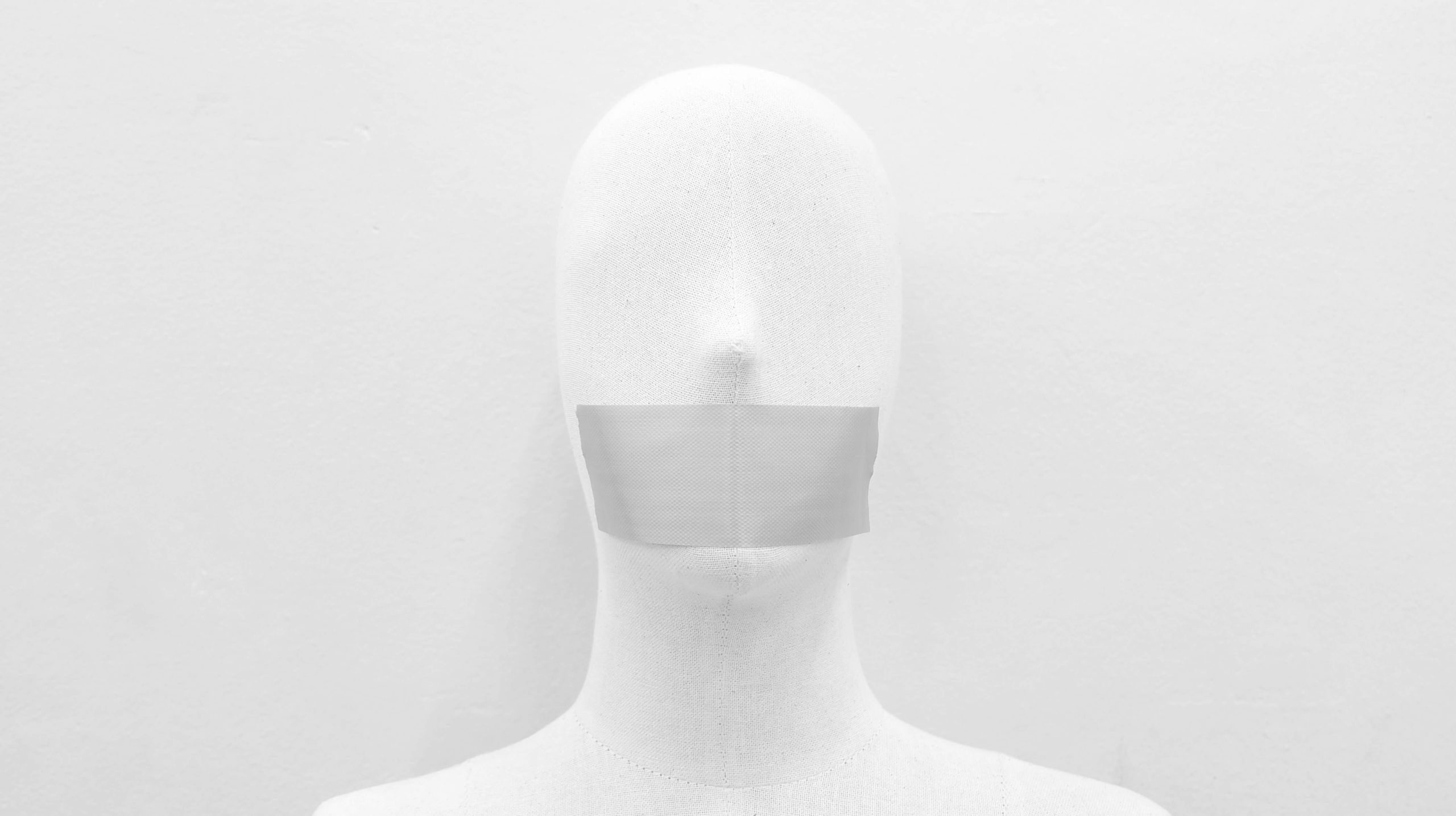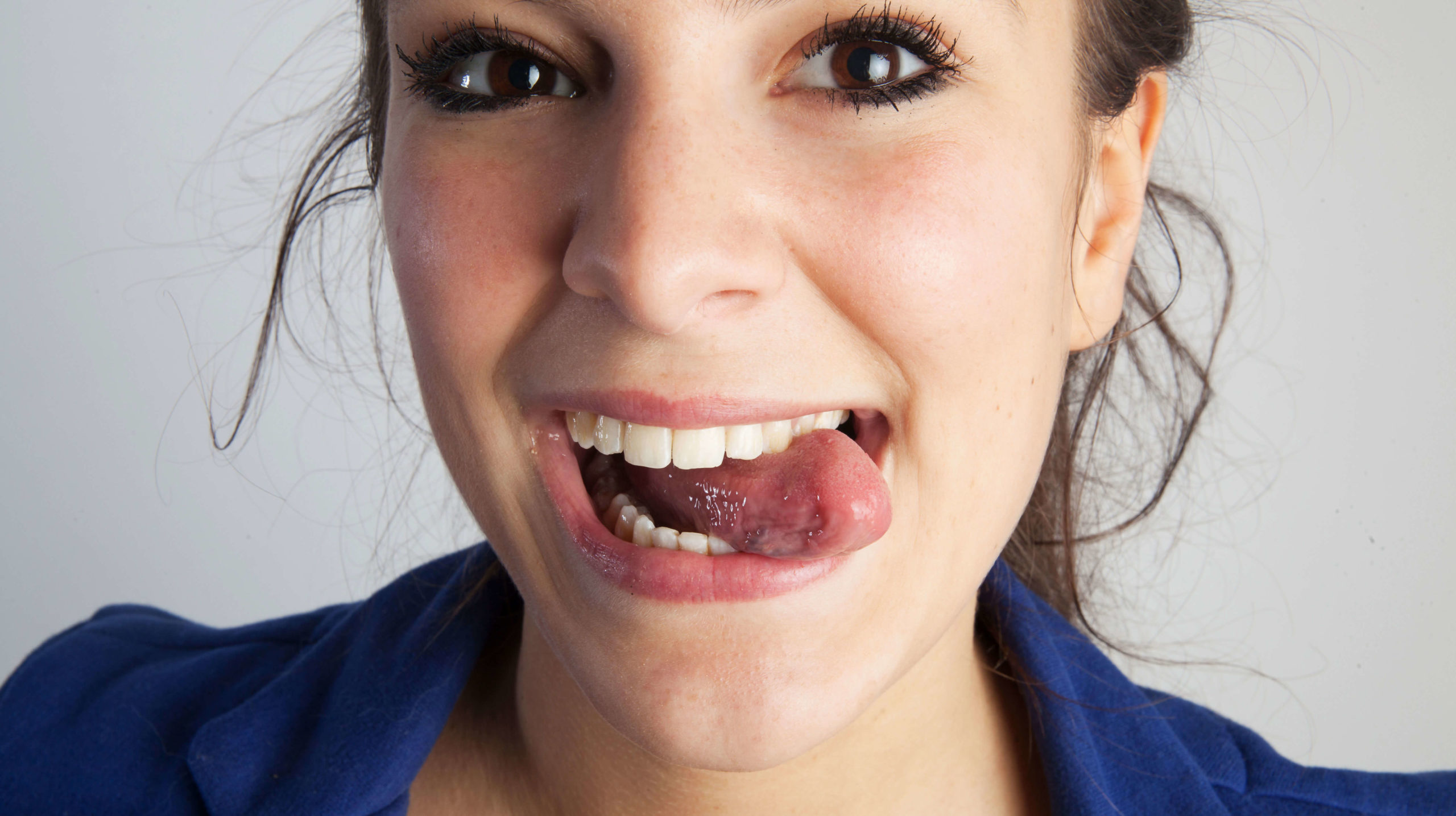Are you breathing through your nose right now? This may seem like a strange question, but take just a moment to notice how you are breathing. Is it through your nose or your mouth? Mouth breathing most often occurs at night or during sleep, although it also may occur during the day as well. Aside from the potential embarrassment of breathing with your mouth gapping open, this form of breathing actually can implicate your health. We would like to discuss these health dangers associated with mouth breathing, as well as point out the Buteyko method of curbing this breathing habit.
Mouth breathing can be very bad for your health.
You probably never pay attention to your breathing unless you are sick or have a respiratory problem like asthma, but regularly breathing through the mouth can be bad for your oral health and overall health. In terms of your oral health, mouth breathing dries out the mouth, leading to an increased risk of developing cavities, bad breath, and gum disease.
Mouth breathing harms your body too. When you breathe through the mouth, your absorption of oxygen is less efficient. Since oxygen is necessary for your body, brain, and other organs, an insufficient amount of oxygen actually can put stress on the heart and lungs. Mouth breathing also causes constriction and excessive dryness in the airway and can predispose a person to develop a sleep breathing disorder like obstructive sleep apnea.
In children, mouth breathing can alter the structure or development of the face, causing the facial structure to become longer and narrower. Chronic mouth breathing even can cause fatigue, poor performance in school, or behavioral issues in children.
How to alter your breathing habits
Are you familiar with the concept of mouth taping? This may seem like an unusual means of treatment, but it has been used for nearly 70 years and can help change the way you or your child breathes—leading to improved overall health. Learn more about mouth taping, otherwise known as the Buteyko method, and how it safely encourages nasal breathing – the preferred method of breathing.
The history of the Buteyko Method
A Russian doctor named Konstantin Buteyko developed this treatment in 1952. He found that taping the mouth shut during the night helped to correct instances of mouth breathing. This method, which is intended only for short-term use, can be used to treat mouth breathing for patients of any age.
Dr. Buteyko, who passed away in 2003, believed that breathing was at the root of health and wellness, as he explained in remarks at a conference in New Zealand in 2000: “It has transpired that the truth is on the side of the eastern medicine which has always stated that diseases occur as a result of diseased breathing. The essence of my technique is however in decreasing the depth of breathing.”
The central goal of the Buteyko method is to re-train the patient how to breathe the right way.
In other words, mouth taping reconditions you to breathe through your nose. These breaths are more shallow and slower, which allows for greater oxygenation of the blood and an increased supply of nitric oxide, which help the smooth muscles of the heart to function properly. Individuals who breathe through the nose also are more predisposed to having an aesthetically pleasing facial structure, as well as wider dental arches and better overall health.
Specific treatment goals of the Buteyko method are not restricted to just transitioning a person from breathing through the mouth to nasal breathing. The Buteyko method also can bring breathing volumes to normal levels through exercises that relax the diaphragm, as well as how to engage in physical exercise without hyperventilating.
What is involved in mouth taping?
Mouth taping entails placing a small piece of surgical tape vertically across the middle of the mouth to hold it closed. If you are concerned about the tape irritating your skin, apply a small amount of petroleum jelly or 3M cream to the area of the mouth where the tape will be placed. Also, you may want to cover only two-thirds of your mouth if you are worried about the idea of completely taping your mouth shut. That way, you have room for emergency breathing if necessary. The Buteyko method should only be used as a short-term treatment to mouth breathing. Furthermore, be sure to rule out any anatomical causes to your mouth breathing such as enlarged tonsils, adenoids, a deviated septum, or chronic allergies or sinus infections, before attempting this method.
Orthotropics® and mouth taping can work together to achieve results.
Long-term treatment of mouth breathing may be corrected by way of Orthotropics®, which helps create a wider dental arch where the tongue can rest while the mouth remains closed, encouraging nasal breathing. Orthotropics® also helps create space for all the permanent teeth to emerge properly, improving muscle tone throughout the orofacial system, as well as correcting any issues with rest oral posture. Achieving the ideal rest oral posture—with lips closed, teeth together, and the tongue resting comfortably against the roof of the mouth—makes it much more likely a patient will breathe through their nose, as recommended.
A patient who undergoes treatment in Orthotropics® has a fully developed face that functions well, is healthy, and also aesthetically pleasing. Orthotropics® also helps develop a wide and well-functioning airway, significantly lowering the likelihood of developing sleep apnea. Even though Dr. Buteyko has passed on, his method of mouth taping is alive and well.
To learn more about mouth breathing or the overall benefits of Orthotropics®, visit the website of the North American Association of Facial Orthotropics at orthotropics-na.org or send an email to naafosecretary@gmail.com



